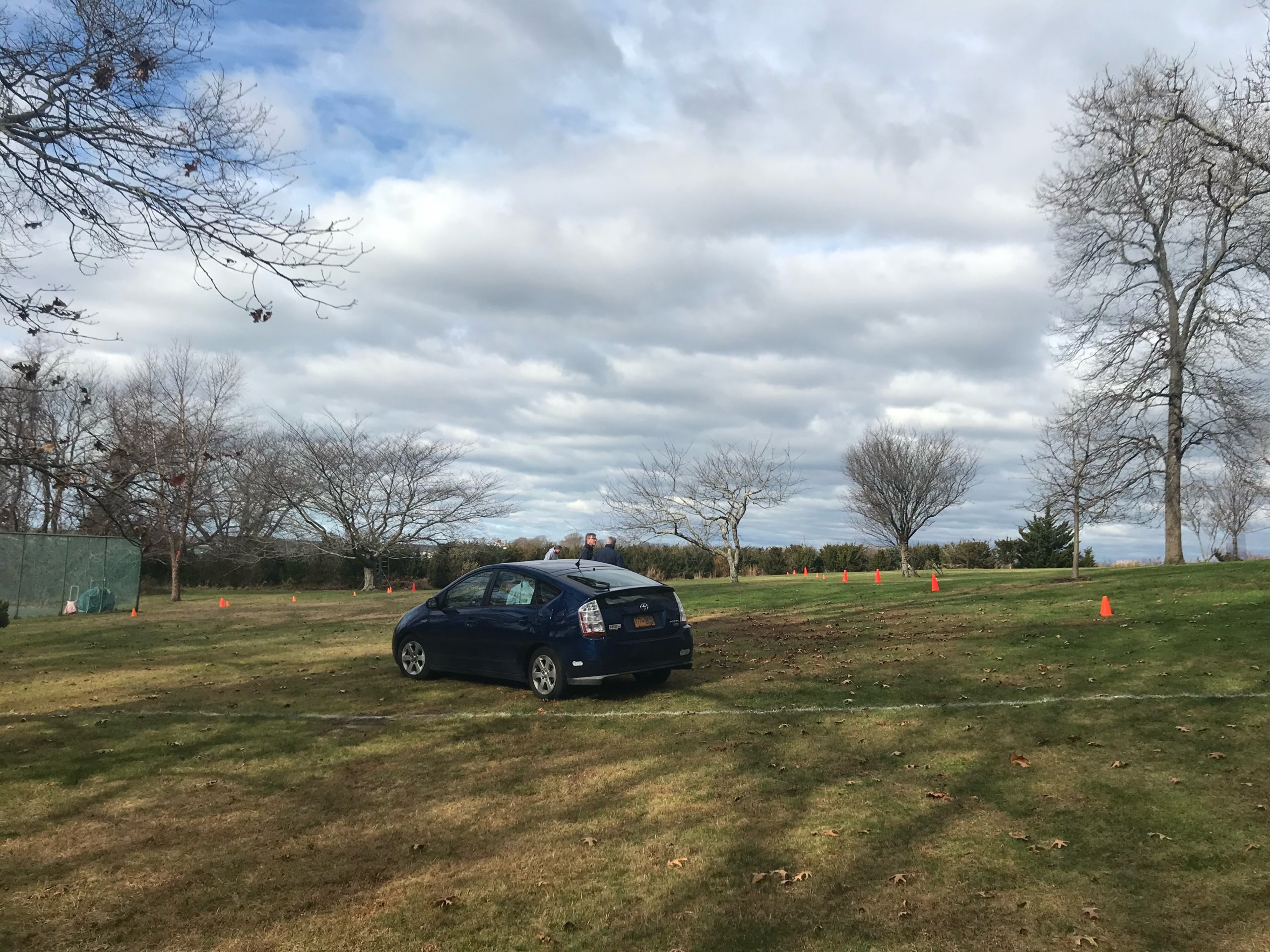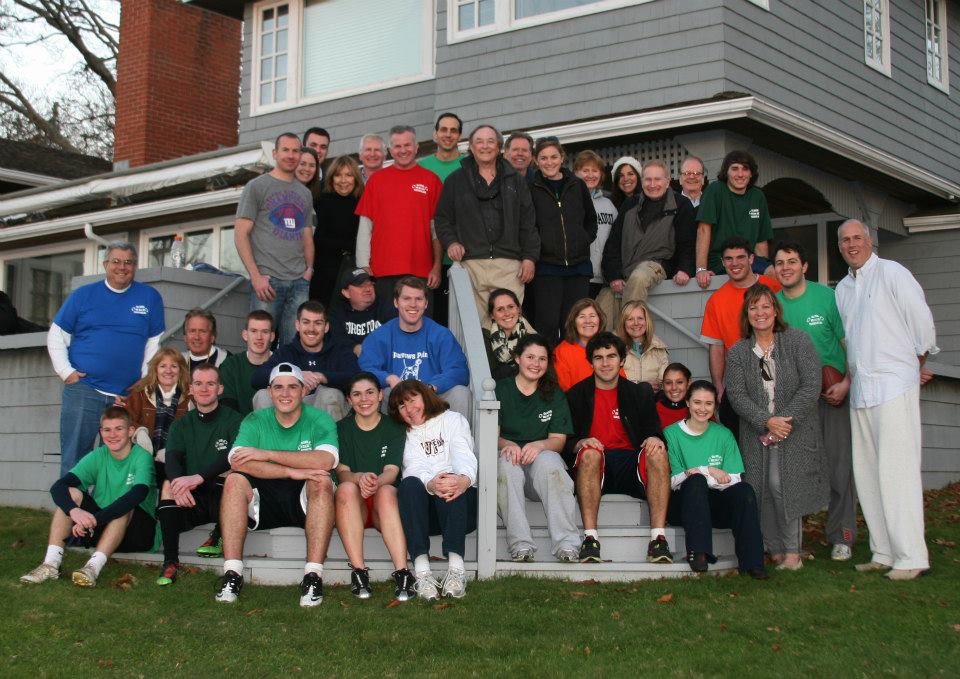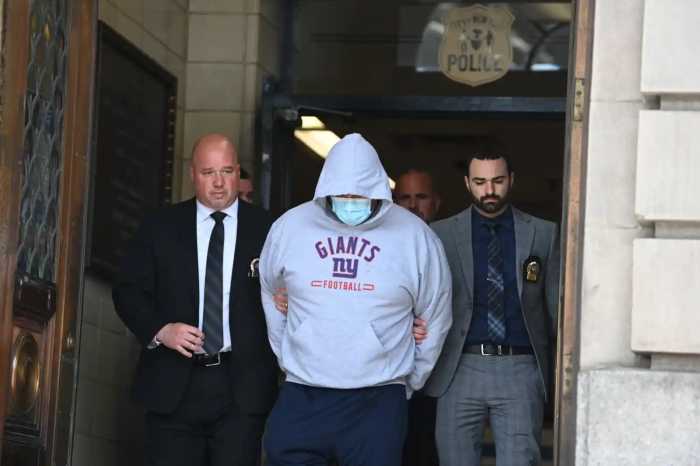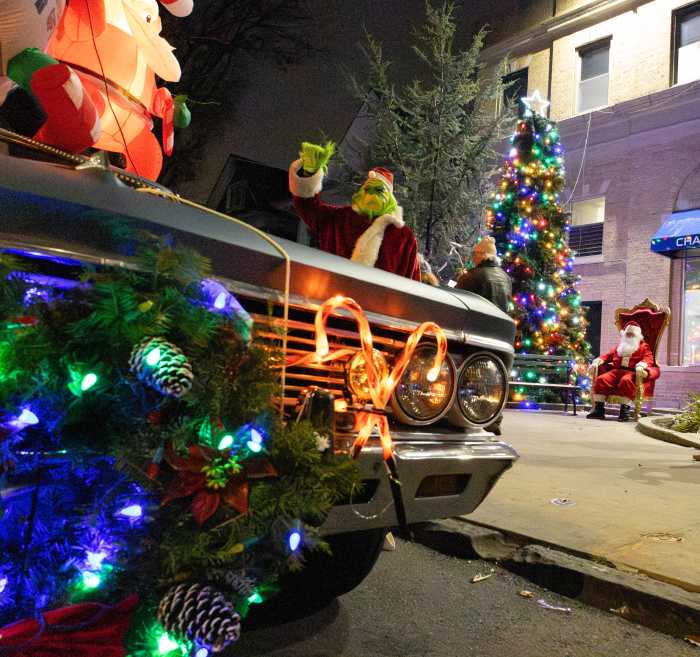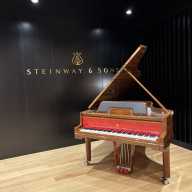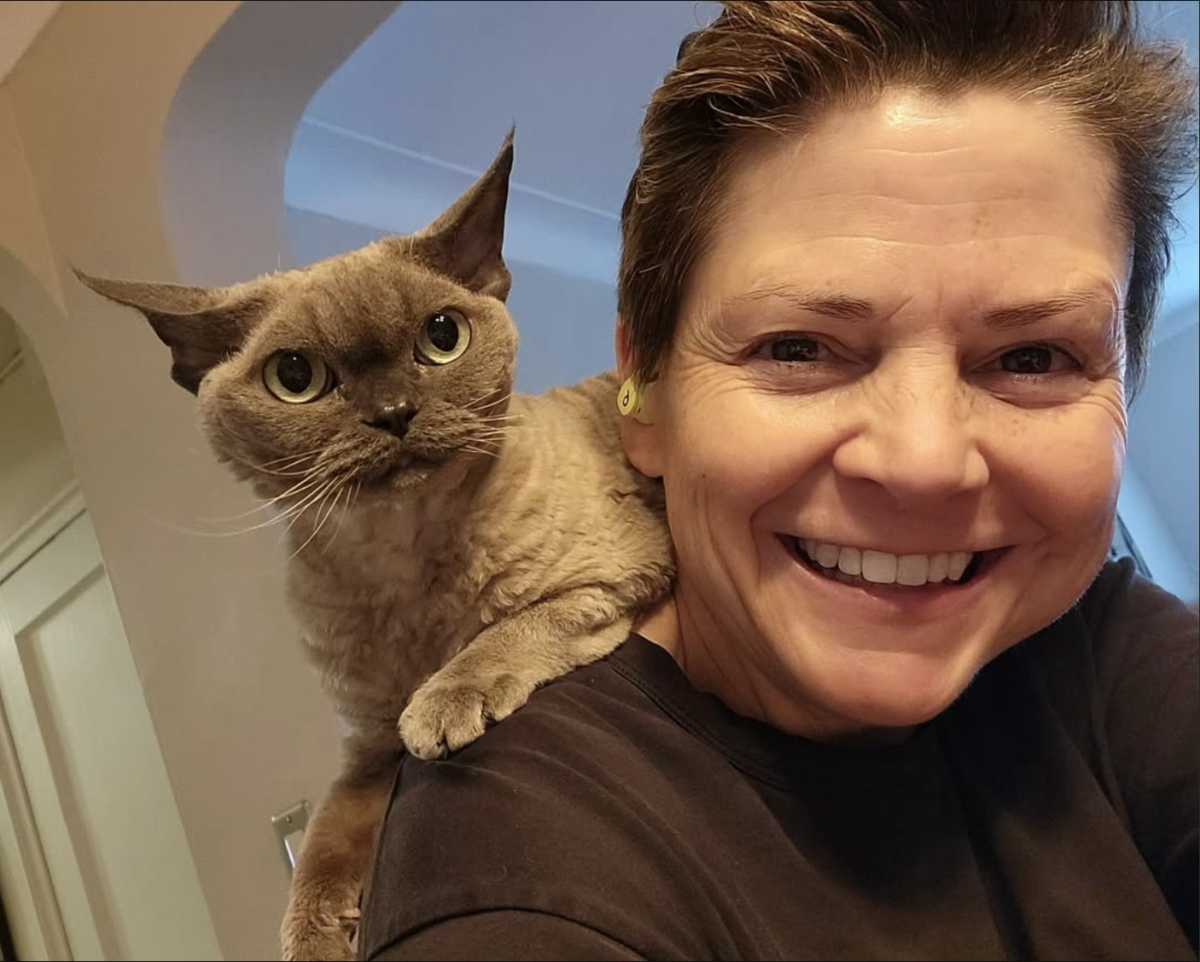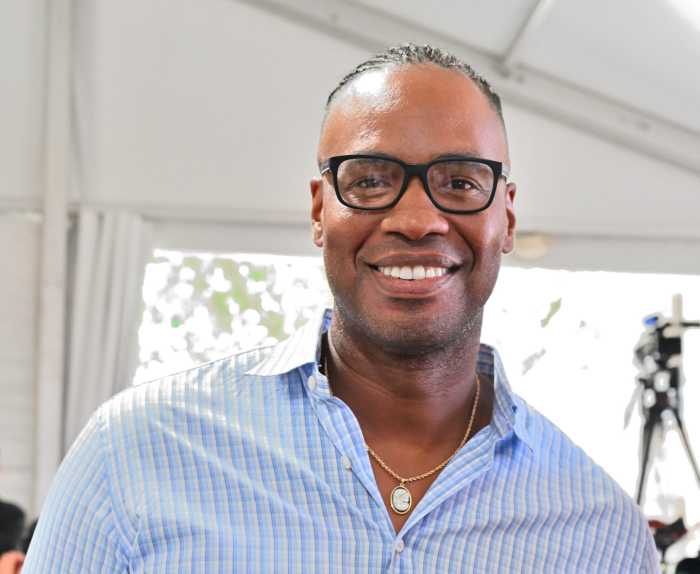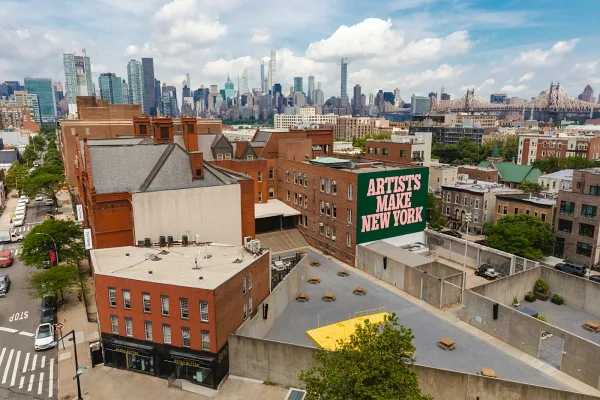BY KYLE BRENNAN
At only 18 years old, Rob Brennan, the fourth child of 10, had an idea that their family’s Thanksgiving could be more fun than simply eating turkey at the dinner table. A competitive family by nature, Rob was the born leader of all things sports related.
On Nov. 27, 1969, Rob formed a game of two-hand touch football at a local high school field in Great Neck for his nine brothers and sisters. Somehow, Rob had the foresight that this game would morph into something bigger and bigger for years to come and christened it the “Brennan Thanksgiving Bowl.”
In 1972, a permanent location for the Thanksgiving Bowl was established. Rob’s sister Mary and her husband Roger had purchased an acre and a half of water-front property in Sag Harbor, New York. They had unknowingly just secured a family football sanctuary.
Through the late 90’s, Rob and his siblings Mary, Bill, Tom, Sue, Terry, Grace, Joe, Dick and Dan bred and trained child athletes of their own. In total, they produced 23 grandchildren — 14 boys and nine girls. By 2005, the family had grown so big, the game had to be expanded from two teams to four.

How the game is organized each year is a story in itself. Three weeks prior to kick-off, Rob would send out a family-wide email, notifying the family of the incoming weather patterns. A meteorology hobbyist, Rob moonlighted in identifying weather patterns of the Shelter Island Sound. He would provide the captains with a list of eligible players for the draft — former MVPs, retirees, newcomer in-laws or a surprise guest visitor from overseas.
The rules are virtually the same each year, but nonetheless they are argued and debated over endlessly. There have been infamous tiffs and injuries in the legacy of Thanksgiving Bowl: concussions, broken hands, fractured ankles and damaged egos. Players and fans chastise refs for their botched calls, biases or clear negligence.
The game is two-hand touch, but the competitiveness enraptures family into foes. The sole focus becomes crossing that ball over the end zone lines; other family members are just in the way. After the games all sides shake hands, rib each other over contested plays, and get consoling back-pats from their mothers and fathers. At dinner, Rob Brennan would convene to hand the treasured MVP trophy to the game’s best player.
Rob Brennan passed away this year at just 68 years old. To the day of his death, he ran at least three miles every single day. The hunger for sport and sweat never died, nor did his zest for life and family competition.
Due to the pandemic, we were not able to gather as a family to mourn, or more likely to celebrate, his contributions to our lives. Rob was the embodiment of the Brennan competitive spirit, and he likely contributed to the all-too-common cheering, crying and arguing that occurs in every Brennan sports event.
A left-handed delivery resembling Steve Young, Rob was the quarterback for more than 30 years. He instructed everyone on the rules, etiquette and trick plays of two-hand touch football, from his little brothers and sisters, to his own two sons Michael and Matthew. Rob was a leader; a born teacher and instructor of sport. He could have been running the show for a big organization like the NFL or MLB, but instead he poured his efforts every year into one game for his own family, showing up early to paint the lines of the field, making T-shirt jerseys, hats, trophies, plaques and all forms of memorabilia without ever asking for a dime or recognition.
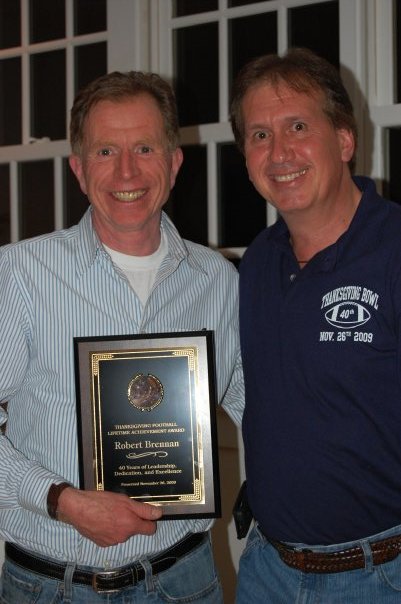
Weeks prior to his passing in April, Rob became a grandfather to a baby girl, Chloe. There’s no doubt Chloe will be spoiled over in all our family traditions and maybe one day hoist the inaugural Rob Brennan Thanksgiving Bowl MVP trophy. She will get to hear stories about her grandfather. How every Thanksgiving morning, there he was, painting lines on the field with a big smile before anyone arrived. His blue Toyota Prius, driven right up onto the middle of the field, with boxes of T-shirts for each player to grab as they arrived. Rob’s vision for the importance of family has carried on for five decades and will continue for many more.
